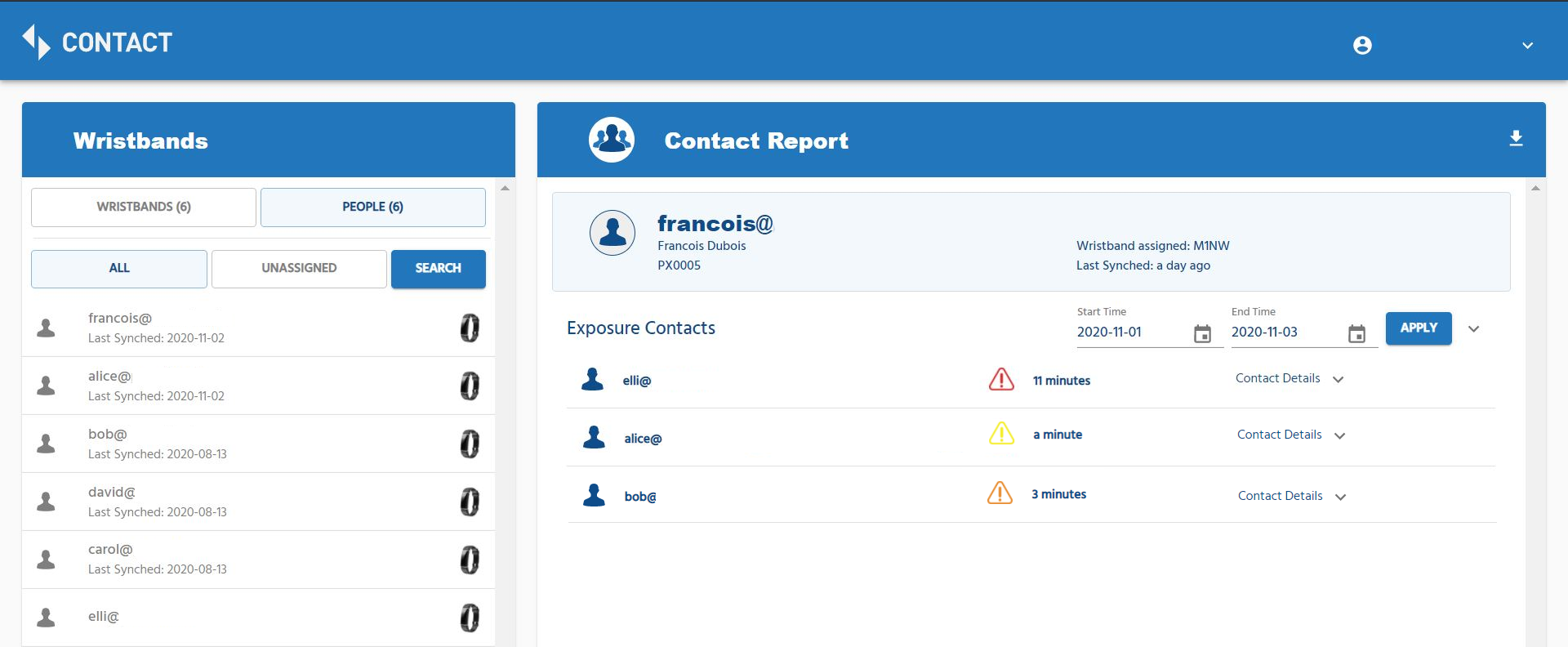Contact Tracing and Recent CDC Updates
Recent changes to the CDC guidelines for contact tracing will impact how organizations manage their workforce in COVID and how they mitigate the risk of shutdown in the case of a positive test or exposure. It’s important to know what those changes are, and how they will influence your organization.
What changes have been made?
On October 21st, the CDC changed their contact tracing guidelines. The new guidelines are:
"someone who was within 6 feet of an infected person for a cumulative total of 15 minutes or more over a 24-hour period* starting from 2 days before illness onset (or, for asymptomatic patients, 2 days prior to test specimen collection) until the time the patient is isolated."
The former contact tracing guidance was a 15 minute sustained interaction at 2m/6ft
The new contact tracing guidance is a cumulative 15 minutes interactions at 2m/6ft over the past 24 hours
You can read more about these new guidelines here.
How does this practically impact you?
What this means is that you now need to confirm the total contact time between workers within 24-hour periods, not just the duration of each individual contact. This puts greater emphasis on the accuracy of the total duration of all interactions, and the time at which the interaction took place.
Remembering exactly when interactions took place can be challenging, especially in fast-paced work environments or for those who follow irregular schedules. If someone's account of when an interaction took place is off by even 30 minutes, it could result in them being incorrectly isolated, or not being attended to when they should.
With the CDC update, misremembering duration of events also has even greater impact, as you now have to look at interactions over a 24-hour period, not just individual events. A company evaluating our technology recently had to perform contact tracing, and experienced this issue firsthand. As they were actively trialing Proxxi Contact, they opted to perform a manual contact trace alongside Proxxi Contact, and then they evaluated the whole endeavor by reviewing security camera footage to verify the accuracy of the two records. What they found was that not only did the automated contact tracing save them hours of time, but when being interviewed people tended to overestimate the amount of time they had actually been in contact with each other. This means using manual contact tracing methods, employees may have been sent home when they actually were not at risk.
How Proxxi Contact Can Help
Proxxi Contact uses the wearer’s wristband to record time, date, and duration of interactions of workers. This information is presented in the Contact Dashboard so that you can instantly see cumulative exposure duration from the previous couple of days.
Francois’s Contact Report has been filtered to only show the contacts in a 2 day span. These contacts are displayed as cumulative totals.
Elli and Francois’s contacts have been expanded, to show the individual interactions that add up to the cumulative total
This ensures that you have access to the accurate information about contact interaction, and that you don’t mistakenly send someone home who does not need to isolate, or accidentally keep someone around who may have been exposed.
From the Proxxi Contact Dashboard, you have the ability to immediately review the contact events, as well as filter your reports so you can review dates. For further analysis, you have the capacity to export the contact data and further filter the contact report to ensure you have clarity on 24-hour intervals.


